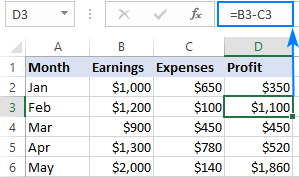

Use the SUM function to add a specific number. įor our practice, let’s add together all movies in the 1980s or F35-44. A range is written as two cells separated by a colon. In that case, you’d only need to define one value in you SUM function, and that value will be a range, =SUM(value1). Let’s say you want to find the total for a range of cells (which also works for an entire column).

Use the SUM function to add a range of cells. With that function, we get the total earnings for his 1980s films, Top Gun and Beverly Hills Cop II. In that case, our function should read =SUM(F37, F38). Or =SUM(A2, A3, A4) will add cells A2, A3, and A4.įor our practice, let’s have Sheets SUM the movies directed by Tony Scott in the 1980s, so rows F37 and F38. For example, =SUM(A2, A3) will add cells A2 and A3. To add two cells, your two values will be the cells you want to total. Values can be specific cells, numbers, or ranges. The comma here tells Sheets to add these values together. When you begin to type “=SUM” into an empty cell, Google Sheets will automatically display the SUM function =SUM(value1,value2). We could choose a cell at the end of the Box Office Earnings column, or we could choose a cell next to the data we want to add. Let’s use SUM to understand more about the column Box Office Earnings in our practice sheet.

Choose an empty cell where you’d like the sum to appear. When you’re looking to find the sum total of data in Google Sheets, you can add cells or an entire column together using the SUM function.


 0 kommentar(er)
0 kommentar(er)
